If I have a data.frame df
library(lubridate)
library(ggplot2)
library(dplyr)
day.start = today()
df = data.frame(date = seq.Date(from = today() - days(10), to = today() + days(10), 'day'))
df$day.idx = as.numeric(df$date - day.start + 1)
df$day.idx = ifelse(df$day.idx < 1, df$day.idx + nrow(df), df$day.idx)
df = df %>% arrange(day.idx)
df$value = 1:nrow(df)
I can plot the values vs dates like this
ggplot(df) +
geom_line(aes(x = date, y = value))
However I want to make an adjustment for a custom year so I want the x axis to start at today's date.
## I want the x axis to start with day.start
df = df %>% mutate(date = factor(date, levels = as.character(df$date)))
## how to change x axis to behave like dates again?
ggplot(df) +
geom_point(aes(x = date, y = value)) +
geom_line(aes(x = date, y = value)) ## where is this line?
So the second plot looks better but how do I format the x-axis to look like (nicely spaced) dates again?



